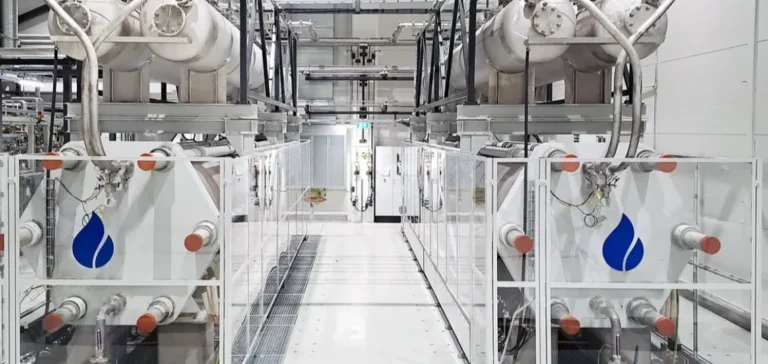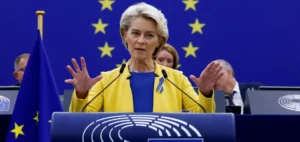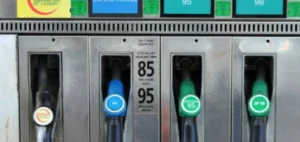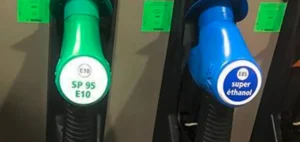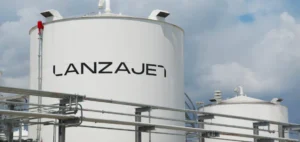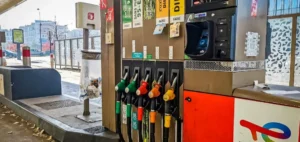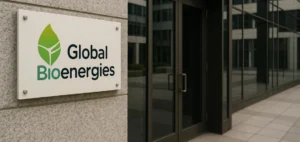The German industrial group Rheinmetall has launched an ambitious partnership project to develop a European network for the production of synthetic fuels, aiming to reduce dependence on fossil fuel imports. This project, called “Giga PtX,” relies on collaboration with several German companies, including Sunfire, a leader in electrolysis technology, as well as Ineratec and Greenlyte Carbon Technologies. The primary goal is to secure Europe’s energy supply, particularly for its armed forces and critical infrastructure.
Electrolysis technology to produce green hydrogen
At the heart of the project is Sunfire’s electrolysis technology, including its pressurized alkaline electrolyzers, which will play a key role in producing green hydrogen, a crucial component for e-fuels such as diesel, kerosene, and marine fuel. Sunfire’s Solid Oxide Electrolysis Cell (SOEC) technology increases conversion efficiency by using steam or waste heat, improving hydrogen production while reducing production costs. This advancement allows for higher efficiency in hydrogen production with the same electricity input.
Decentralized production units to ensure autonomy
The project aims to install hundreds of production sites across Europe, each capable of producing between 5,000 and 7,000 tons of synthetic fuels annually. The idea is to decentralize production, eliminating reliance on international supply chains, while enhancing Europe’s resilience in times of geopolitical crises. This model is designed to guarantee a stable supply for strategic sectors such as defense, healthcare, transport, and logistics.
A winning partnership for energy security and decarbonization
This partnership marks a turning point in securing Europe’s energy supply amid growing geopolitical tensions. In addition to its strategic role in defense, the “Giga PtX” project aligns with the European Union’s climate goals by contributing to the reduction of CO₂ emissions. The military sector alone is responsible for about 5.5% of global CO₂ emissions, a figure comparable to the aviation and maritime sectors combined. The initiative therefore combines energy resilience with energy transition by leveraging renewable European resources such as wind, solar, and hydro power to produce green hydrogen and its derivatives.


